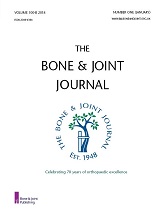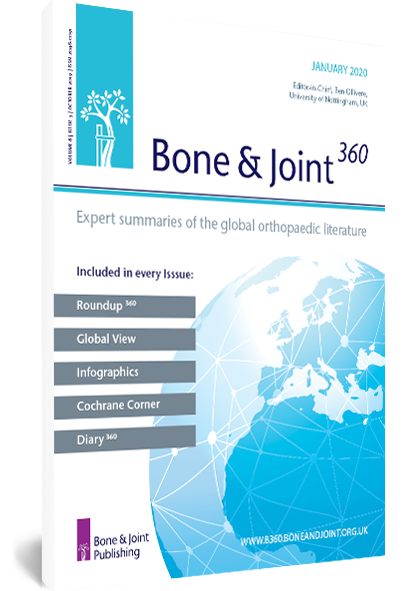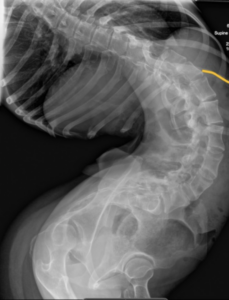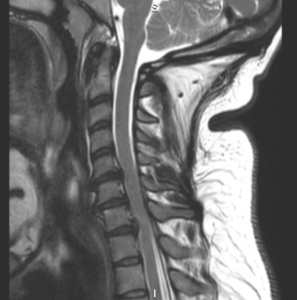Spinal Update
“You don’t stand for something, you fall for anything
Harder than you think, it’s a beautiful thing”
Chuck D (Carlton Douglas Ridenhour b.1960), Public Enemy.
(Lyrics from “Harder than you think”)
We start 2024 with a long overdue focus on spinal review articles from Bone & Joint 360s’ back catalogue. As with all the BJJ 360 review articles they cover a lot of ground within their short format and are always full of expert perspective that you are unlikely to come across in such an easily digested form anywhere else.
Both of this months’ papers also have a medicolegal slant which is appropriate given the litigious nature of spinal surgery. They are however far more than narrowly focussed on the medicolegal process and are excellent educative pieces around very common spinal conditions.
Mechanical influences in disc degeneration and prolapse: Medicolegal relevance by Professor Michael Adams from the University of Bristol is equally relevant as a reminder for specialist spinal surgeons as well as being of great interest to the whole musculoskeletal community. It was first published in 2014 and deserves careful reading. The focus is on differentiating as far as is possible the changes seen with disc degeneration as opposed to those naturally seen in ageing discs. These features are both microscopic as well as macroscopic and MRI changes. Professor Adams emphasises both the similarities as well as the differences in these two groups, a key feature being the presence of neovascularity and nerve infiltration in the degenerative process but not in the ageing process.
The main patterns of disc degeneration as well as mechanical precipitants of disc failure and degeneration are covered in good detail.
From a medicolegal perspective, Professor Adams stresses that the degenerative changes which can be seen in the context of disc degeneration are entirely consistent with structural changes which occur secondary to disc degeneration and by no means can they in isolation be used as evidence for pre-existing degenerative change in a disc prior to its rupture.
Scoliosis and litigation(2015) by Mr James Wilson-MacDonald from the Nuffield Orthopaedic Centre in Oxford is a very practically orientated article. It will be of most interest to those actively engaged in managing scoliosis cases, both in the adult and the paediatric population. As well as covering the general issues that require consideration to minimise the chance of complication in scoliosis surgery, it details three short case reviews which resulted in litigation and the learning points from these. Though the commoner points will be well known to most, the article does provide a comprehensive checklist for how to manage these complex and high risk cases to minimise risks for both patient and surgeon.
At OrthOracle we have currently 10 detailed operative techniques for the management of scoliosis which span the adult as well as paediatric populations and cover both more conservative options (step by step instruction on serial casting), as well as the most complex cases. The variety of implants and techniques available to surgeons to both optimise fixation and minimise the risk of nerve root or cord injury has burgeoned since the limited armamentarium available to spinal surgeons in the ‘70s and ‘80s. One of the big advantages of the OrthOracle platform is that we provide each editors detailed perspectives on these implants as well as the company’s own instructional information (which of course must be relied upon).
We also cover a variety of discectomy techniques including cervical as well as lumbar discectomies, both open and microscopic techniques and also acute discectomy in the presence of a cauda equina syndrome. As with all OrthOracle techniques, operations are covered in a didactic and stepwise fashion focussing on the surgeon’s insights and how to optimise the chance of successful outcome.
For a wealth of other academic papers on spinal surgery and pathology, many of which are open access, visit the new Bone and Joint Journal platform, and for many more instructional techniques demonstrating real cases visit us at OrthOracle.
The Bone & Joint Journal

Mechanical influences in disc degeneration and prolapse: Medicolegal relevance
MORE



















